By Cindy Arora
Schools are often filled with hidden gems where education doesn’t always feel or look like typical classroom learning.
There’s the library, where books are tools for escaping to another country, or fighting one’s way through a zombie apocalypse.
The cafeteria, where food and nutrition services employees teach the basic food groups and show kids that fruits, vegetables, and grains all have a place on one’s lunch tray.
And for schools lucky enough to have one, there’s the school garden, where the bounty of learning can range from farm-to-table, to the cycle of life for a caterpillar, to the importance of nature and physical education.
This Earth Day, CUSD Insider spoke to the garden coordinators of Palisades Elementary, Marblehead Elementary, and Obispo Elementary where class is in session – surrounded by tomato vines and butterfly gardens.
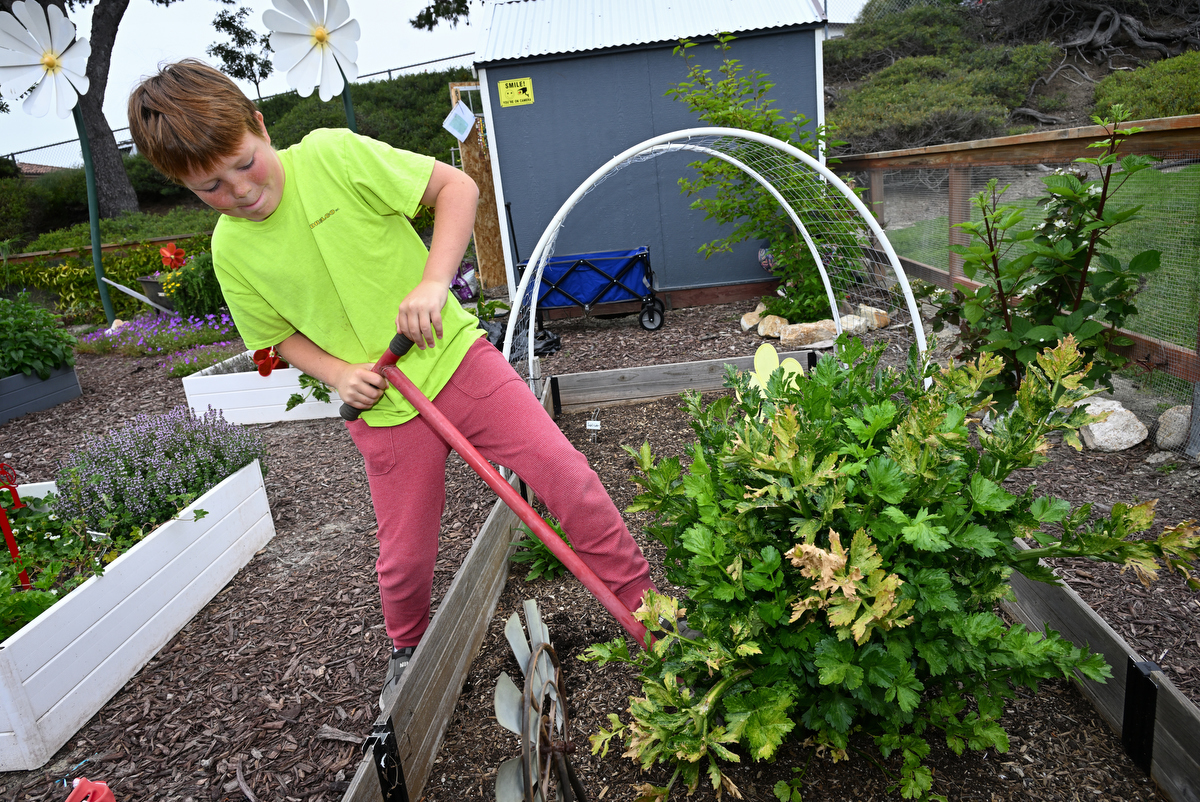
Photo by Steven Georges/CUSD Insider
Palisades Elementary
Right before the pandemic closed down the school, long-time educator and Palisades Elementary teacher Bonny Pitkin received a $500 grant from the San Clemente Garden Club to turn a vacant piece of land on school property into a garden.
With supplies donated from Lowes and Home Depot, and volunteers from the school community, the Palisades School Garden came to life during the school shutdown, which proved to be a place of refuge for community members and for students.
“There’s something about walking in the garden that gets kids both excited and calm at the same time,” Pitkin said. “There’s a real social-emotional connection for them when they step into a garden, and they see the eggplants growing, get to taste the rosemary they planted, or watch the butterflies. Everyone loves coming here, even the community.”
Along with creating a zen space for kids, teachers, and the community, students get a chance to take earth and life science curriculum out into the garden, along with math, English, social studies, and exploring food chains.
“It’s natural that kids just want to plant and grow things, so we try to give them the chance to eat from the garden and try anything they’ve grown,” Pitkin said. “And kids may be picky, but they will eat anything they grow. That includes vegetables.”
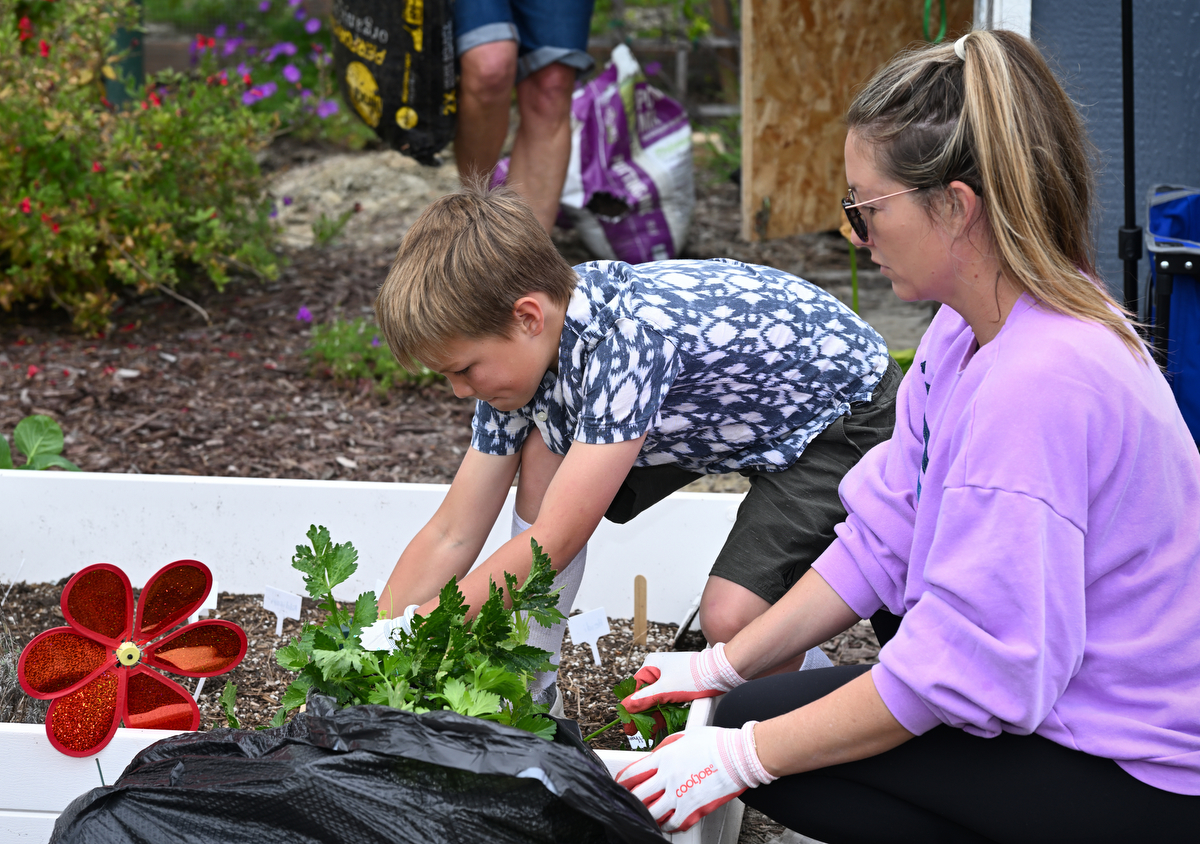
Photo by Steven Georges/CUSD Insider
Marblehead Elementary
The garden at this San Clemente elementary school is led by transitional kindergarten (TK) teacher Courtney Groeniger, who sees the outdoor classroom as a place where imagination and endless possibilities can thrive. The garden has been a part of the school since 2015, and its place as an outdoor classroom can be seen every day as teachers and students take a respite in the garden, harvesting lettuce they planted, picking fruits, or making salsa from the salsa garden they’ve grown.
“I love coming to the garden with my kids,” Groeniger said. “Everyone has their own time slot, and each teacher has a garden parent who volunteers and helps. This garden is an edible garden, so we’ve grown salsa gardens, we have a salad garden, strawberries. Our garden is definitely an outdoor learning center.”
With 13 garden beds, tables, awnings to create shade for comfortable story times, worm gardens, and a butterfly garden, the Marblehead Garden and its volunteers seek to follow a curriculum through the school year, following the seasons, and spotlighting all of the seasonal fruits and vegetables.
“We are constantly trying new things, working with the American Heart Association which has an entire garden curriculum,” Groeniger said. “We do the ABCs of gardening, colors of the garden … our older grades learn lessons about germination and how to start worm farms and butterfly gardens. We continue to help maintain the garden, take on new projects from creating drip lines to adding mulch. We couldn’t do any of this without our volunteers and families.”
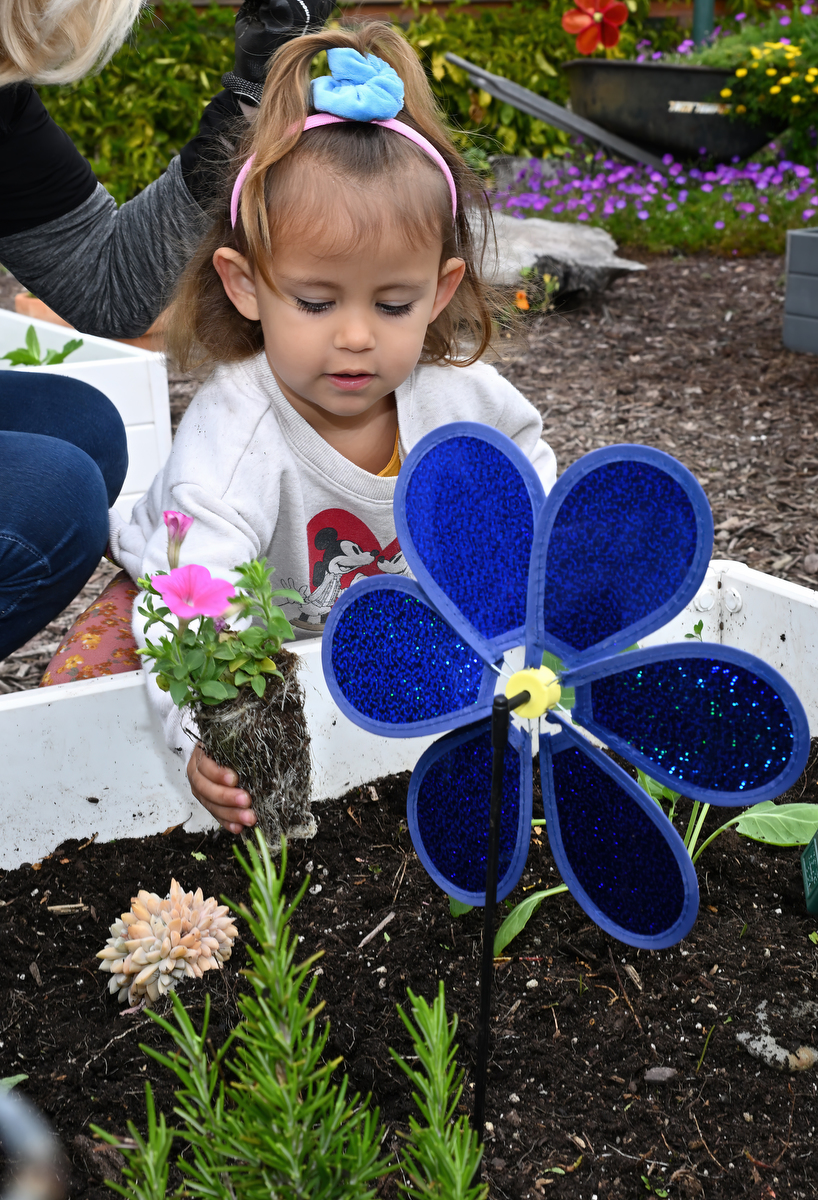
Photo by Steven Georges/CUSD Insider
Obispo Elementary
At Obispo Elementary, Debbie Parker and her students tend to their school garden with care. It’s a community effort, with students of all ages collaborating to beautify the shared space. From designing garden boxes to upcycling materials, they infuse creativity into every corner.
For Parker, who has overseen the garden since 2016, the garden is more than just a project — it’s a legacy for the school, the students, and the community.
The garden, which is currently blooming with orange California poppies, is surrounded by succulents, oregano, mint, loquat trees, and an orange tree. Colorful garden boxes are adorned with miniature castles and statues that are inspired by and created by the students.
A greenhouse is currently being used as both a shed and a place for plants that need a break from sunshine.
“In our garden we are always looking for ways for students to use their imagination,” Parker said. “We had our students build and design our garden boxes and design them how they wanted. We ask our students to come up with ideas for upcycling materials so we can be eco-conscious. And our biggest goal is just to come out here and let the kids just play in the dirt and make mistakes and plant things that either grow or don’t grow. It’s 90 percent trial and error, and sometimes plants die and sometimes they don’t, but we get to be a part of the process.”
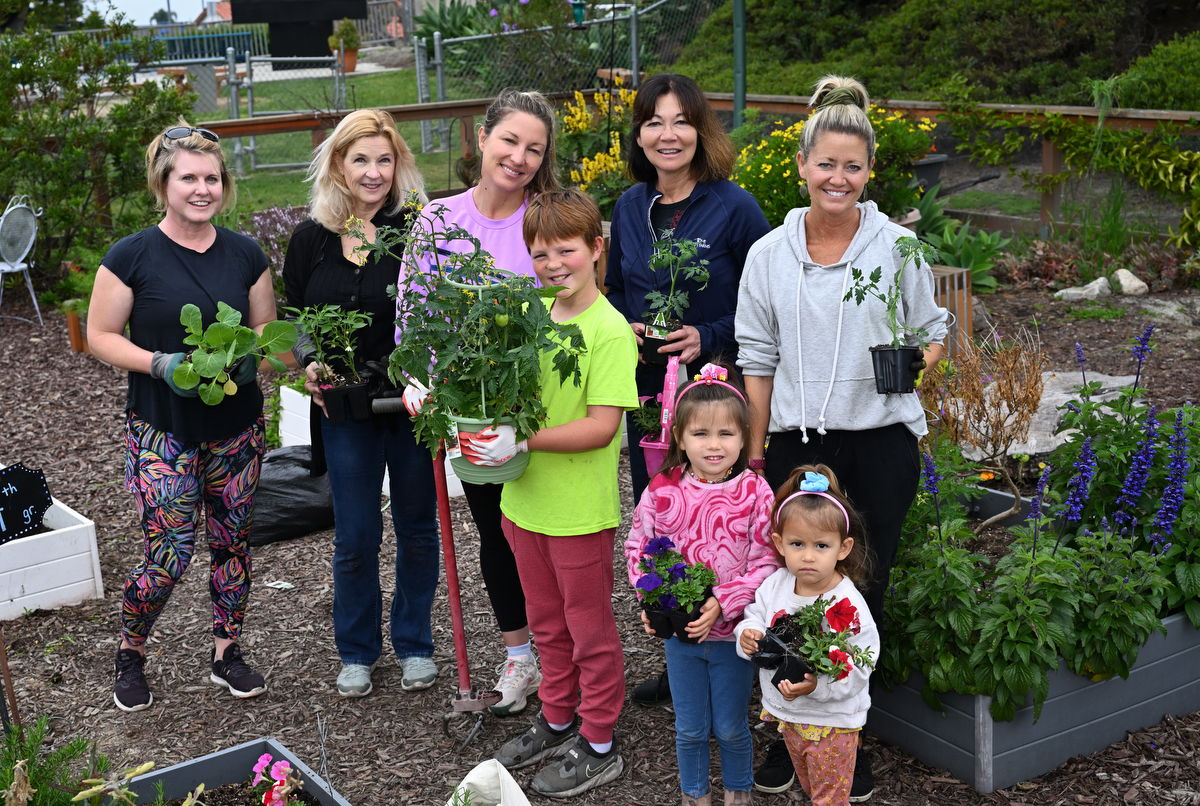
Photo by Steven Georges/CUSD Insider

Photo by Steven Georges/CUSD Insider

Photo by Steven Georges/CUSD Insider
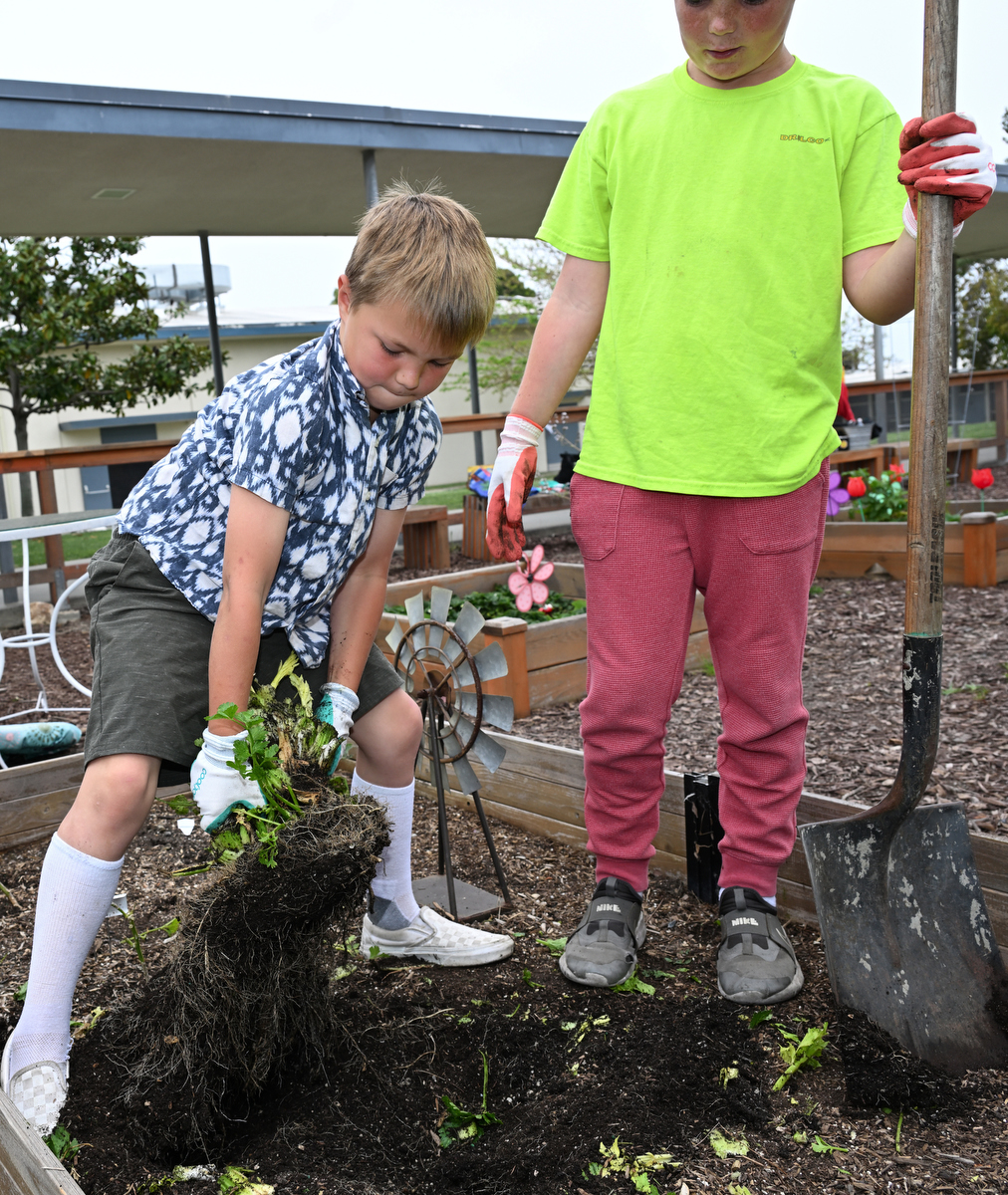
Photo by Steven Georges/CUSD Insider

Photo by Steven Georges/CUSD Insider
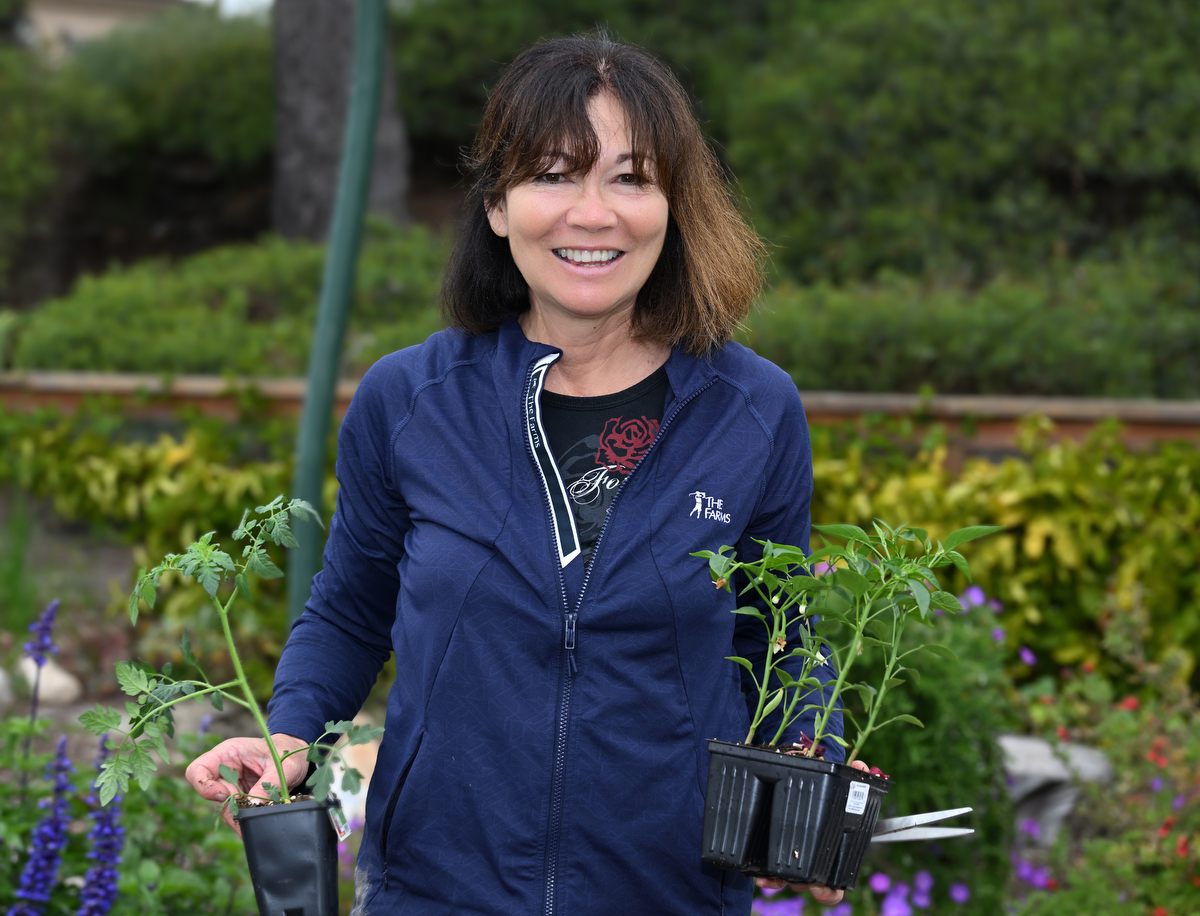
Photo by Steven Georges/CUSD Insider
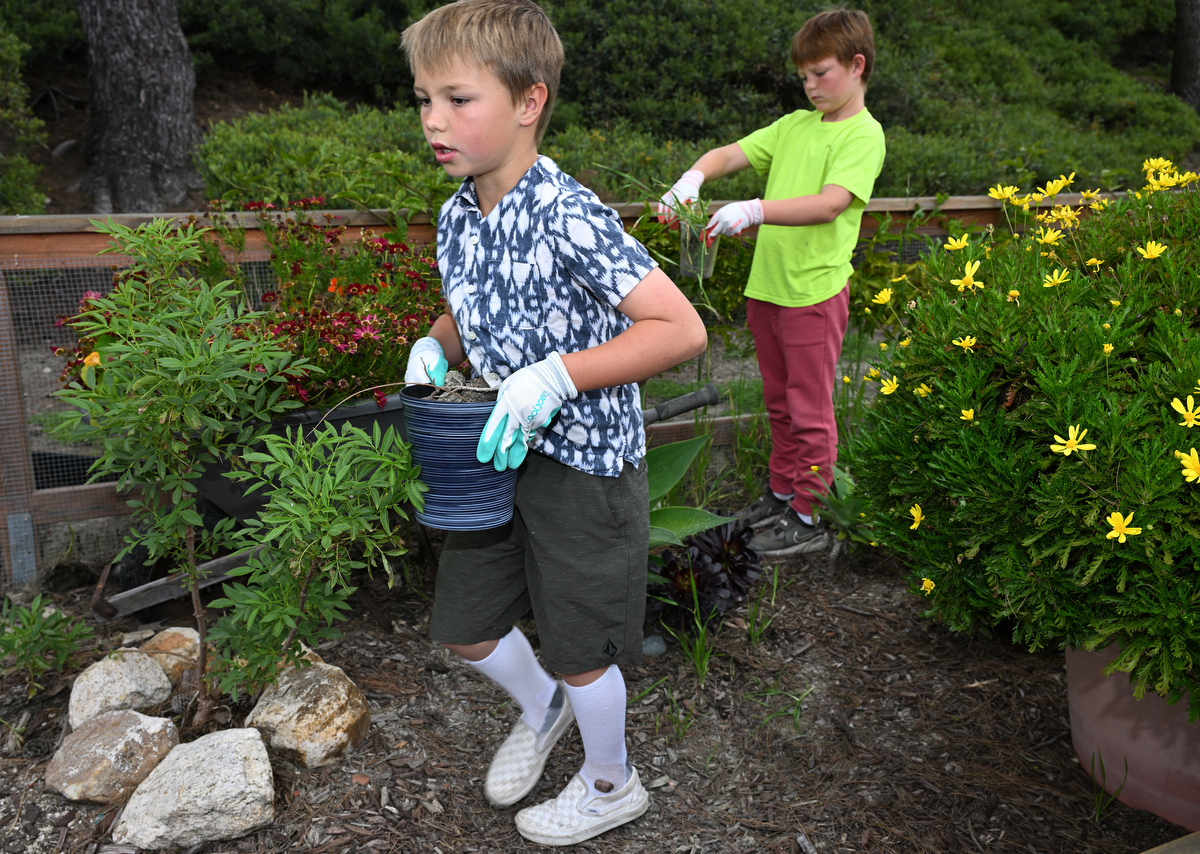
Photo by Steven Georges/CUSD Insider

